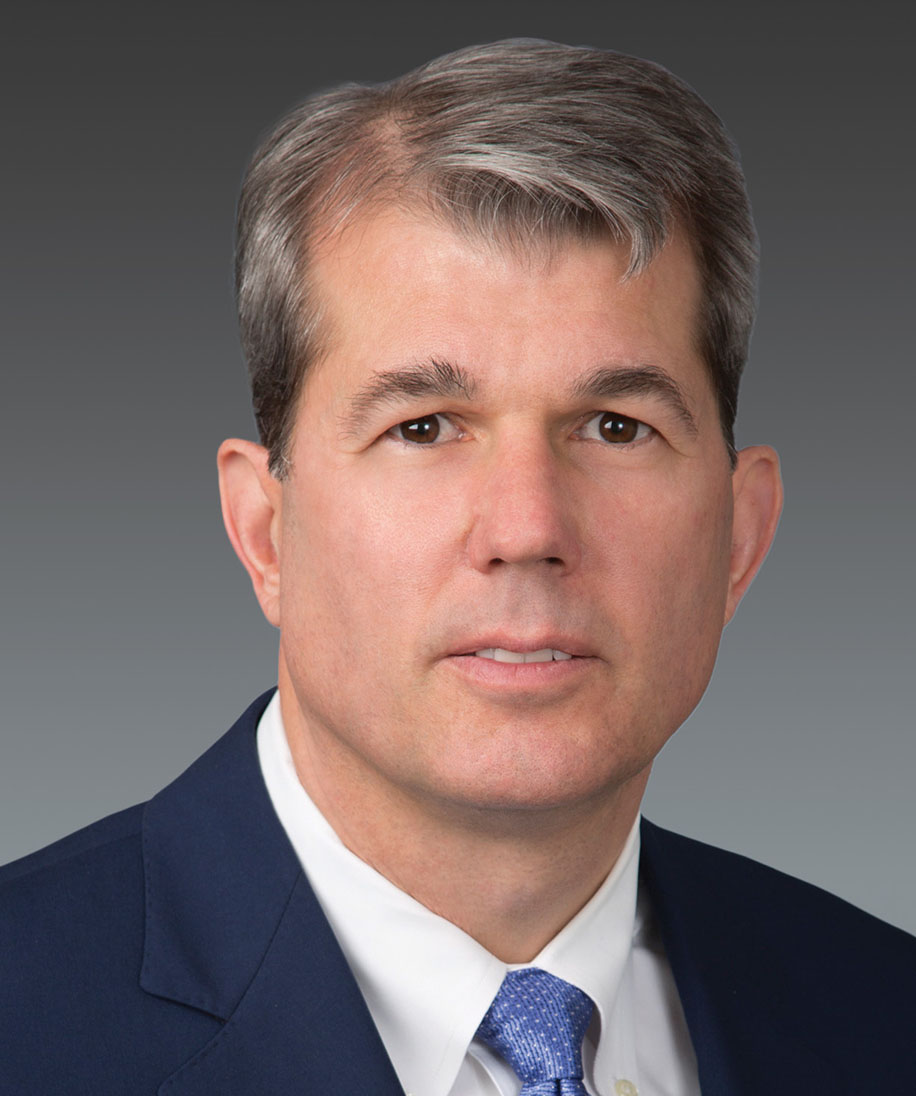Attorney Authored
In Search of Restraint: Vorley Wire Fraud Ruling Injects Uncertainty into the Commodities Trading Laws
May 29, 2020
By Michael L. Spafford, Daren F. Stanaway, and Katherine J. Berris
The Seventh Circuit has cautioned against putting “together broad language from courts’ opinions on several different points so as to stretch the reach of the mail and wire fraud statutes far beyond where they should go.” In October 2019, an Illinois federal district court ignored the Seventh Circuit’s warning and denied a motion to dismiss a criminal indictment filed against two former precious metals traders. Although the indictment describes conduct expressly prohibited by Commodity Exchange Act (“CEA”), the government did not charge spoofing or commodities fraud and instead charged the traders with wire fraud and conspiracy to commit wire fraud involving a financial institution, which carry significantly longer limitations periods. Accordingly, the case presented an issue of first impression: “whether a scheme to defraud [other] commodities traders by placing ‘spoofing’ orders—orders that the trader intends to withdraw before they can be filled—can constitute wire fraud.” The Illinois district court answered in the affirmative, holding that the “spoofing scheme alleged in the indictment adequately charges violations of the wire fraud statute.” The ruling holds serious implications for commodities market participants; not only did it find (contrary to controlling precedent) that wire fraud exists absent an affirmative misrepresentation or a duty to disclose, the decision also undercuts and arguably renders superfluous the CFTC’s anti-manipulation authority—the very statutes enacted by Congress for the express purpose of prohibiting spoofing and commodities fraud. The Vorley indictment and decision represent another example of a growing trend: criminal investigations and prosecution of commodities trading conduct through the expansive use of criminal statutes like wire fraud, which are interpreted and applied far beyond what Congress anticipated or intended.
This article was originally published in the Futures & Derivatives Law Report
Contributors
